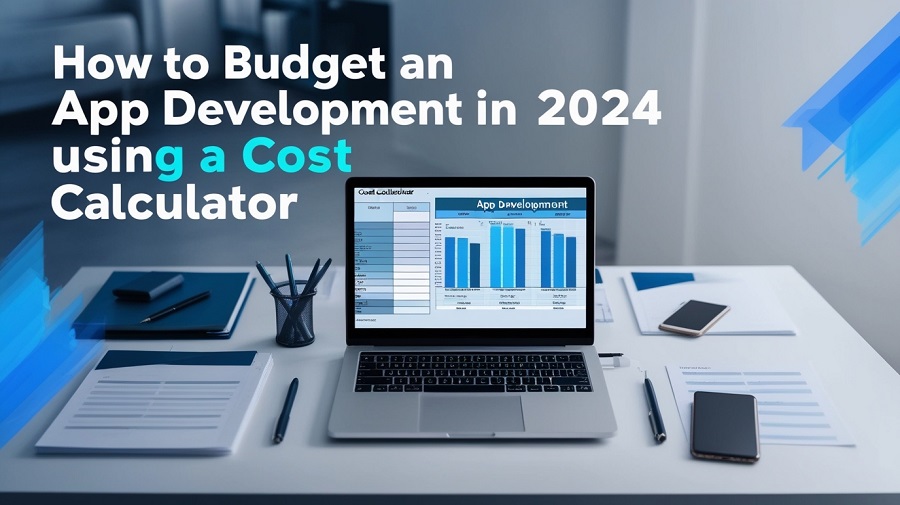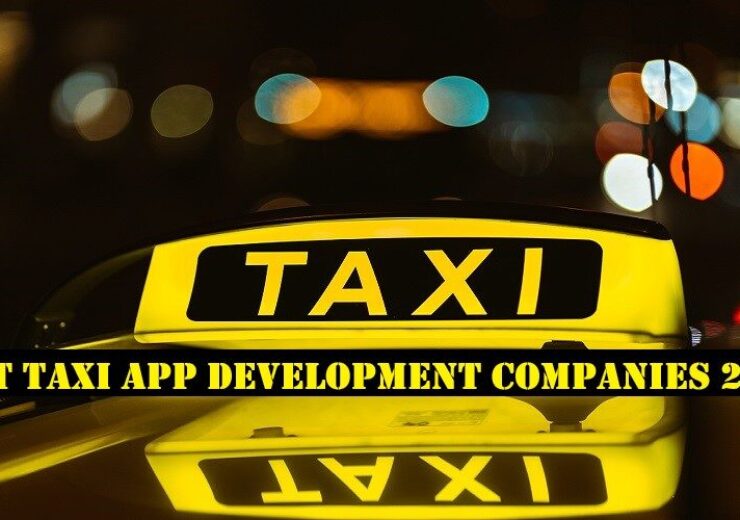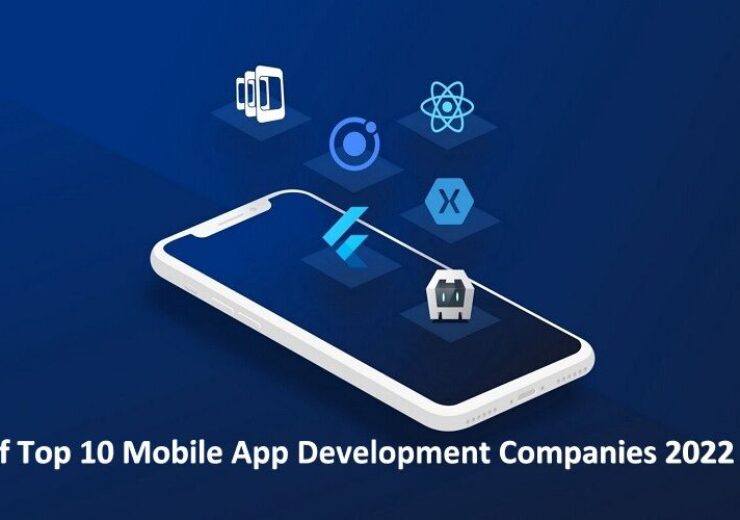How to Budget an App Development in 2024 Using a Cost Calculator

Today, no large or small enterprise with different natures can afford not to design an in-house mobile app within the fast-changing digitized world. This ranges from large-scale to micro-enterprises since mobile sets are increasing sharply while the demand for their various applications is rising continuously. However, such a custom-built mobile application is not some off-the-shelf project; thus, estimating the costs is quite challenging. The budgetary provision for app development in 2024 can only be determined with a proper idea and understanding of several factors, such as the app’s complexity, the desired platform, design, and post-launch expenses.
This is where an App Cost Calculator comes in handy-it easily calculates the app development cost to give a rough estimate.
This post will discuss how to budget for mobile app development, what influences the final amount, and how companies can make smart decisions in planning for that next app. Search using keywords like mobile app development, App Cost Calculator, or custom mobile app development for a convenient and comprehensive guide.
Budget Planning for Mobile Application Development
————————————
Before getting to the details of how an App Cost Calculator works, let us understand why budgeting for developing mobile applications is necessary. Proper budgeting helps businesses provide adequate resources when needed, avoid unexpected cost ‘bombs,’ and be sure that the developed application perfectly fits business objectives and audiences.
Budgeting will result in delayed projects, applications that could be better functioning, and, in some cases, an outright failure of the project. Thus, knowing the scope, resources required, and the amount invested into custom mobile application development is crucial to avoid this scenario.
Factors Affecting Mobile App Development Costs
————————————
Several factors converge when building an app using the App Cost Calculator to create the final price for that mobile app development. A few of them include:
1. Complexity of Application
These are:
User login, push notifications, and simple UI components are relatively easy and less costly to develop.
The expensive apps can create more refined features with pay interfaces, link applications of social media sites, and some primary data control.
Complex apps: They tend to involve complex features requiring real-time data synchronization or even artificial intelligence integration, such as augmented and virtual reality. They take much longer, require more expertise and other resources, and are costly.
2. Selection of Platform
iOS vs. Android: Double the price when you want to code on each platform side-by-side, and you are depending upon either one based on where the client’s market geographies are going to be. Some can save it by using a cross-platform system, but sometimes, performance or levels of customization may be less than natively developed solutions.
Native vs. Hybrid Apps: Native apps are built exclusively for one platform, whereas hybrid apps are delivered on time. Mobile application development is cost-intensive based on the functionalities, platform, design complexity, and ongoing support. Without proper budgeting, there is always a possibility of delay in launching, high-cost overrun, or an application failing to arrive.
For one, a defined budget will be of utmost help in making decisions at each stage of development. This ensures that the most critical features get their due and enough capital is reserved for post-launch expenses, such as marketing updates, maintenance, etc. Using an App Cost Calculator at the pre-planning stage will let you easily go through this process with specific inputs.
What is an app cost calculator?
————————————
It is an online tool developed for businesses and developers to compute the costs of creating a customized mobile application. A calculator that delivers to the developer an approximate breakdown of the cost of development based on some information given by the developer about the application itself, the platform under consideration, the design, and the application functionality.
All this would go into a great Cost Calculator for Apps.
Type and complexity of application: Simple application with few features or complex, feature-rich application
Platform: – If you develop your app on iOS, Android, or both, the price will differ. Cross-platforms can also change the price in question.
Design: – Custom design features or UI requirements that raise the general price.
Backend and API integration: – Using your application to access databases, third-party services, or cloud-based solutions may incur extra costs.
Long-term costs: – Post-launch services. Maintenance updates and bug fixes are the lifeblood of an app and need to be budgeted for.
Using an App Cost Calculator is for that primary, simple reason: – it gives the business the information it needs. A fact-based approach is at its core- to know how and why to budget on customized development in mobile applications and mobile application developments to specific business needs by leaving aside the fads.
Cost Determinants
Various aspects are considered when determining the cost of developing a mobile application. The multiple factors that are considered in preparing the budget of a mobile application are crucial during the development process of a mobile application. A few significant contributors towards its completion are as follows:
1. Application complexity
Mobile application development costs are measured in terms of the complexity of the application. There are three broad categories of complexity:
– Simple apps: These are applications that could be more complex. These include informational applications, calculators, or very basic games, which usually have just a few screens and minimal requirements from the back end.
– Moderately complex applications: More complicated features involve user accounts, social media integration, and data syncing across devices. Typical examples include eCommerce applications, social media applications, and applications relying on in-app-purchase-based.
– Highly complex apps: These are customized mobile applications with complex functionalities, including real-time updates, heavy API integrations, augmented reality, artificial intelligence, and high levels of user experience interaction.
The more intricate the application, the more time and resources are spent, increasing costs.
2. Platforms: iOS, Android, or Both?
The platform you design for will drastically influence your budget. Most businesses have to decide whether to develop an iOS, Android, or both.
iOS Apps:
You develop apps for iOS, which can run on Apple devices, especially iPhones and iPads. Developing an iOS app requires typically programming knowledge in either Swift or Objective-C.
Android Apps:
The fact is that Android applications need to be developed on several devices, which can be either Java or Kotlin. Therefore, Android applications are checked and optimized many times more than any other category, as many devices are on the market.
Cross-platform development
It is the design of an application that will use both platforms; this is applicable when using React Native and Flutter frameworks. This allows saving time and money via a single codebase and might result in slightly inferior performance by cross-platform apps than native.
This implies the firm can use An App Cost Calculator to compare various alternatives within the general development cost.
3. Benefits of Developing Mobile Apps Internally
Among many specific features, custom mobile app development sometimes incurs additional costs due to integrating APIs and implementing real-time chat functionality, which are highly complex UI/UX designs and can add significant time to development, expenses, etc. Among the most spread features that add to the price are:
User Authentication and Profile: Manage secure login systems, profiles, and personal experience for the users.
Social media integration: Capabilities allow users to share content or log in via Facebook, Twitter, or Instagram.
Push notifications: Although the need to keep the user interested is essential, it adds and manages the push notifications that increase the price.
In-app purchases and subscriptions: Monetization capabilities involve secure transaction systems and compliance with app store requirements.
Geo-location services: Apps that include rid-hailing, food delivery, and anything else are location trackers, so they must integrate GPS.
Database management and cloud storage: The back-end of how data will be stored, database maintenance, and interfaces to cloud platforms, such as AWS or Google Cloud.
4. User Interface/User Experience Design
Another element that relates to the development of mobile applications is design. The ones that have a fine structure and are easy to use will likely provide the benefit of staying and engaging more customers for extended periods. Customized designs come at relatively higher costs according to building costs.
You can use an App Cost Calculator, which puts your requirements into place to determine how much those design features will cost.
5. Backend Infrastructure
It can be hidden within the back end of an application- the server, database, and APIs that support its functionality. Highly complex backends incorporating thousands of data points or synchronization in real-time will increase development time and cost. Contributing factors to a higher price in backend development include:
Data Storage and Management: Data storage and management for very sophisticated applications requiring massive storage capacity for user data.
Such custom mobile applications require quite a lot of backend infrastructure and, thus, dedicated servers or cloud hosting.
It has a part in development and integration, which ties your application to services, databases, and third-party solutions when developing or integrating APIs.
Backend requirements are a critical factor in budgeting when applying an app cost calculator.
6. Maintenance and Support Ongoing
However, it is not limited to launching as one goes; maintenance, upgrade, and support ensure one’s application is working correctly, securely, and aligned with any competition. This can cover bug fixes, performance tweaking, new operating system upgrades, and even inserting new features if demand comes from the user side.
Another critical consideration when estimating a budget for a mobile app is the post-launch costs. Most app cost estimators consider such costs when producing those estimates so that businesses can know how much it really costs to own an app.
How to Use an App Cost Calculator for Budgeting
————————————
The app cost calculator is very self-explanatory. Understanding the most essential inputs would help you get the most out of this tool. Here’s a step-by-step approach to how you can make use of a calculator to evaluate how much it will cost you to design a custom mobile app:
Step 1: Define the App’s Purpose and Features
Identify the primary purpose of your application and list the basic features you will add to it. Be very specific about your application’s functionalities: a booking system, an eCommerce platform, or a social networking app.
Step 2: Selection of Channels Decide which one you want to develop:
iOS, Android, or both. As pointed out above, the money adds up for developing both, but cross-platform frameworks like Flutter or React Native can help save money on some of that add-up. Input Design Requirements
Step 3: Describe the design features you want your app to have.
Do you want it to be minimalist, or will you require a complex UI with many animations and custom graphics? That is going to influence the estimate created by the calculator.
Step 4: Backend Requirements
Put these into the calculator if your app relies on copious data storage, cloud integration, or API development. Clearly explain how the app will handle its data and what servers it will need.
Step 5: Maintenance and Support
Additionally, you should add future costs like maintenance and support to your budget. Most App Cost Calculators allow you to add a package for support; therefore, you can know the exact price in the long term.
Step 6: Get an Estimate
Based on the input of all necessary information, the App Cost Calculator will estimate how much it will cost. This is to give you a baseline budget during budgetary planning for your project.
Conclusion
Value of an App Cost Calculator in 2024 Budgeting for mobile application development is strategic in 2024, as custom mobile apps are complex and various factors affect costs. Therefore, the value of an app cost calculator is precious when estimating the cost of developing an app and making financial decisions accordingly. Depending on the selected type, developed apps, design, and the kind of backend infrastructures to use, an enterprise may propose a concrete budget including each one of these development steps on the mobile application, whether building a fundamental mobile app or a customized complex type of solution, using App Cost Calculator proves to be the first step of the app project to go within the budget or on the right path. Plan an application in 2024, use calculators for costing, and clarify the financial requirements to create priorities for maximum investment in a customized mobile application. Your application development journey becomes smoother, more efficient, and cost-effective through careful planning with budgeting tools.




